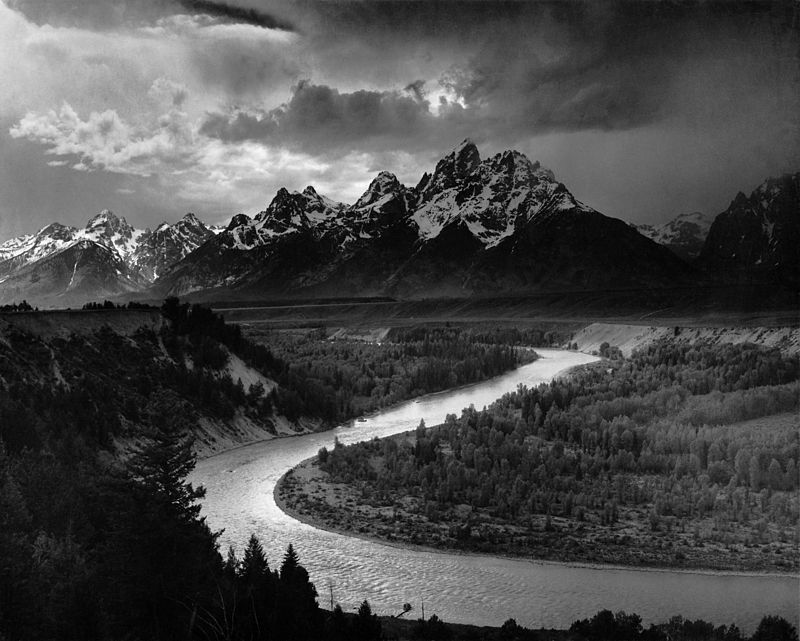
1. Dress appropriately
Check the weather for the altitude you’ll be shooting at. The temperature and weather conditions will be completely different at ground level as they are up the hill. Never wear cotton. Cotton will soak up any sweat you may produce and the cold temperatures will freeze it. So you’ll end up wearing freezing cold clothing.
Invest in some great gloves. You won’t be able to wear glove all the time. You may need to get your hand out to change your camera settings or access gear in your camera bag. I had a pair of gloves that came with little glove liners, so when I pulled them out of the big warm shells I was still somewhat protected. The shells were big enough to slim my hand back in without much effort and I could still press the shutter to take a picture.
Read more...
 If you’ve ever had to look through a friend’s vacation pictures, you likely already know that landscape photography can be incredibly boring. Out in the world are too many indistinguishable photographs of well-known landscapes: mesas in the American southwest, the Golden Gate bridge and San Francisco skyline, any waterfall - you get the idea. As a photography instructor (okay, my dad) once told me, “You’re not Ansel Adams, so don’t try to be him.” Harsh, but correct. As soon as I realized I needed to find a different way of approaching landscapes, my landscape photography improved dramatically. Here are ten tips to help you take your own landscape images to the next level. Read more...
If you’ve ever had to look through a friend’s vacation pictures, you likely already know that landscape photography can be incredibly boring. Out in the world are too many indistinguishable photographs of well-known landscapes: mesas in the American southwest, the Golden Gate bridge and San Francisco skyline, any waterfall - you get the idea. As a photography instructor (okay, my dad) once told me, “You’re not Ansel Adams, so don’t try to be him.” Harsh, but correct. As soon as I realized I needed to find a different way of approaching landscapes, my landscape photography improved dramatically. Here are ten tips to help you take your own landscape images to the next level. Read more...  If you’ve ever had to look through a friend’s vacation pictures, you likely already know that landscape photography can be incredibly boring. Out in the world are too many indistinguishable photographs of well-known landscapes: mesas in the American southwest, the Golden Gate bridge and San Francisco skyline, any waterfall - you get the idea. As a photography instructor (okay, my dad) once told me, “You’re not Ansel Adams, so don’t try to be him.” Harsh, but correct. As soon as I realized I needed to find a different way of approaching landscapes, my landscape photography improved dramatically. Here are ten tips to help you take your own landscape images to the next level. Read more...
If you’ve ever had to look through a friend’s vacation pictures, you likely already know that landscape photography can be incredibly boring. Out in the world are too many indistinguishable photographs of well-known landscapes: mesas in the American southwest, the Golden Gate bridge and San Francisco skyline, any waterfall - you get the idea. As a photography instructor (okay, my dad) once told me, “You’re not Ansel Adams, so don’t try to be him.” Harsh, but correct. As soon as I realized I needed to find a different way of approaching landscapes, my landscape photography improved dramatically. Here are ten tips to help you take your own landscape images to the next level. Read more... 












